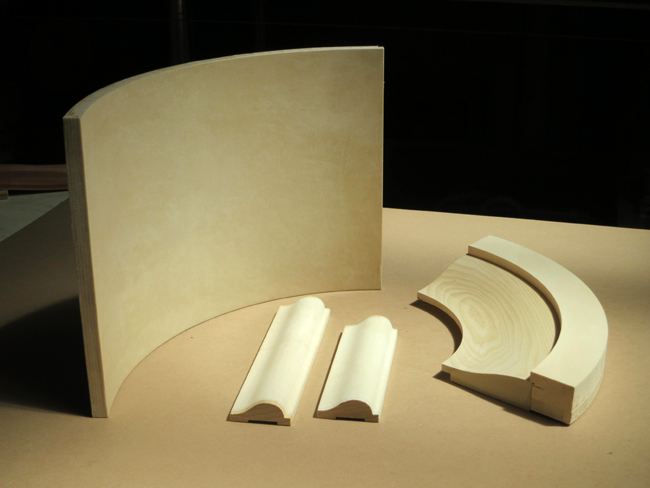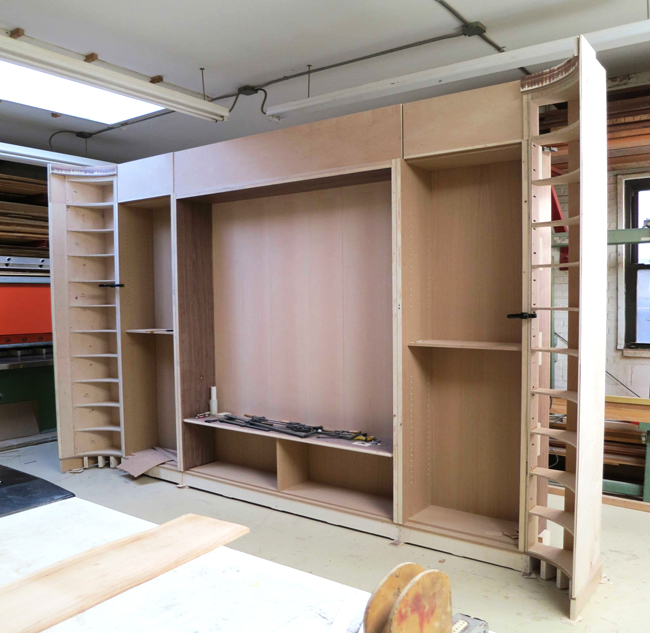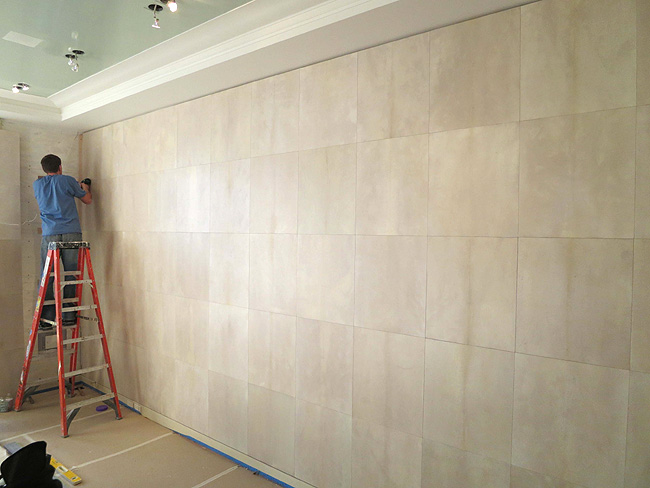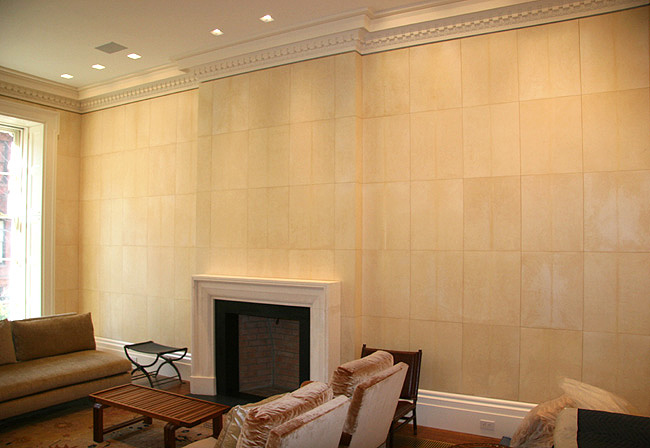Jean-Paul Viollet is fond of challenges. He loves putting his team to the test. But as challenges go, this next one is exceptional. To successfully complete it, he will need to reach deep into the collective wisdom of the group. He is standing now at a table in his office, turning the brittle, yellowed pages of a book he discovered online a few years back. The text, written in his native French, was published in 1762. The subject: parchment.

He’s not looking for information. He’s simply pointing out the material’s fabled past. Without it, there would be very little recorded human history prior to the Industrial Revolution. The Dead Sea Scrolls were preserved on parchment. The Magna Carta, too. Even drafts of the U.S. Constitution and the Declaration of Independence.

Viollet’s parchment will not safeguard any words, however. It will be used to create a deluxe, one-of-a-kind room in the Park Avenue apartment of a New York City hedge fund manager. A “jewel box,” as Jean-Paul describes it. “Everything you see”except for the floor and the ceiling”will be covered in parchment.” That includes the four rounded corners, the baseboards, the crown molding, and the trim surrounding the windows and the doors.
To Viollet’s knowledge, such delicate handiwork has only been accomplished a few times in the last hundred years. In May, Architectural Digest published a photo illustrating one classic example, executed by the great Jean-Michel Frank in 1929. Another appears in a hardcover tribute to the interior designer Frances Elkins.
Working with parchment and parchment furniture is nothing new to Viollet. His parchment furniture designs have included everything from tables to beds to cabinets and screens for a quarter century. He has even employed it as a wall covering. But never before has he had to apply it to the undulating surface of a crown molding. To accomplish this feat, he will have to summon a lifetime’s worth of expertise in woodworking, adhesives and the fickle nature of New York weather. Parchment”in this case, the cream-colored skins of 250 goats”is prone to respond to changes in temperature and humidity.

To counter such variables, Viollet will construct the moldings out of basswood, a timber noted for its stability. For each decision like that one, however, there are a dozen more. In order to precisely assemble the finished room, panel by panel, in Atelier Viollet’s Brooklyn workshop, the 100-square-foot original space had to be mapped with laser measurements. “There is no margin for error,” says Jean-Paul. “At most, you’re working with a sixteenth of an inch.”
That means the moldings and panels must fit together like puzzle pieces. If just one is off by a sliver, the whole project may be jeopardized. “We have to control each process from A to Z, monitor every step to minimize potential problems,” explains Jean-Paul. “We don’t want any surprises at the end. Once you start the installation, you cannot move or turn anything because everything interlocks.”
Some craftsmen might consider that a nightmare. For Jean-Paul, it’s a thrill. “It’s very rare that you’re treated with such a challenge,” he says. “We will have problems, but at the end of the day, it’s going to be a unique room.”
This particular parchment panelling project is under construction in the workshop as we type. We’ll show you our progress here on the blog in the coming weeks.

Below are images of previously installed rooms in dyed and natural parchment panels.

